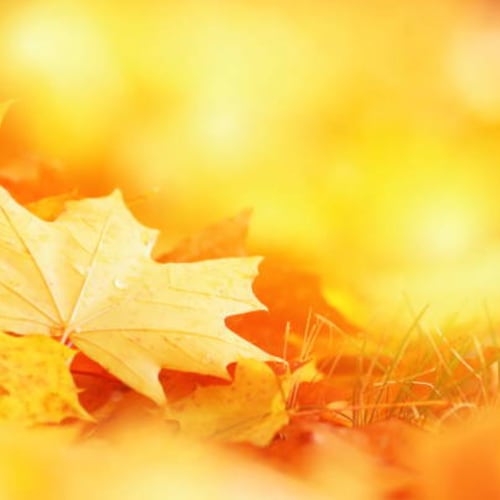October has finally arrived, and that means scary movie nights are not far behind. But the last thing you want going bump in the night during your next binge watch is your house.
These are some of the most common “strange noises” you’ll hear in your house and what to do about them:
Buzzing
If you hear buzzing coming from your electrical panel, you may be dealing with a faulty breaker. You will need to contact your local electrician to have the panel checked out and possibly repaired.
“These noises aren’t the only thing to watch out for,” Mark Dawson, chief operating officer of Mister Sparky, One Hour Heating and Air, and Benjamin Franklin Plumbing, told realtor.com. “Flickering lights can also cause a bit of an electrical fright. You’ll want to check them so you can avoid any serious issues.”
Clunking, banging and vibrating
When it comes to scary sounds throughout the home, plumbing is often to blame. According to Apollo Home, clunking noises are often the result of high-water pressure inside your home’s pipes. To fix the issue, shut off the home’s main water supply and drain all faucets to reset the water system’s air chamber.
If you hear banging in your home, there may be sediment buildup around your water heater. When steam from the heater escape through the sediment, is can cause a noisy rattle. Flush your water heater and clean its filter to remedy the situation.
Vibrating noises in the home can be sign of more severe water pressure buildup in your pipes, potentially causing them to leak. Check your water pressure with a thread pressure gauge and adjust accordingly to fix the issue.
Footsteps in the attic
Perhaps the most alarming noise you may stumble upon in your home is that of rogue footsteps. Luckily this sound is easily explained.
According to House Logic, the sound of footsteps in the attic is often being made by various critters scurrying across a home’s roof. To remedy the situation, make sure all of your soffit, rafter and gable roof vents are covered with screens to prevent any critters from getting inside your attic.
Lastly, trim any nearby tree branches that may be giving squirrels and other animals easy access to your roof.
About the Author
The Latest
Featured

